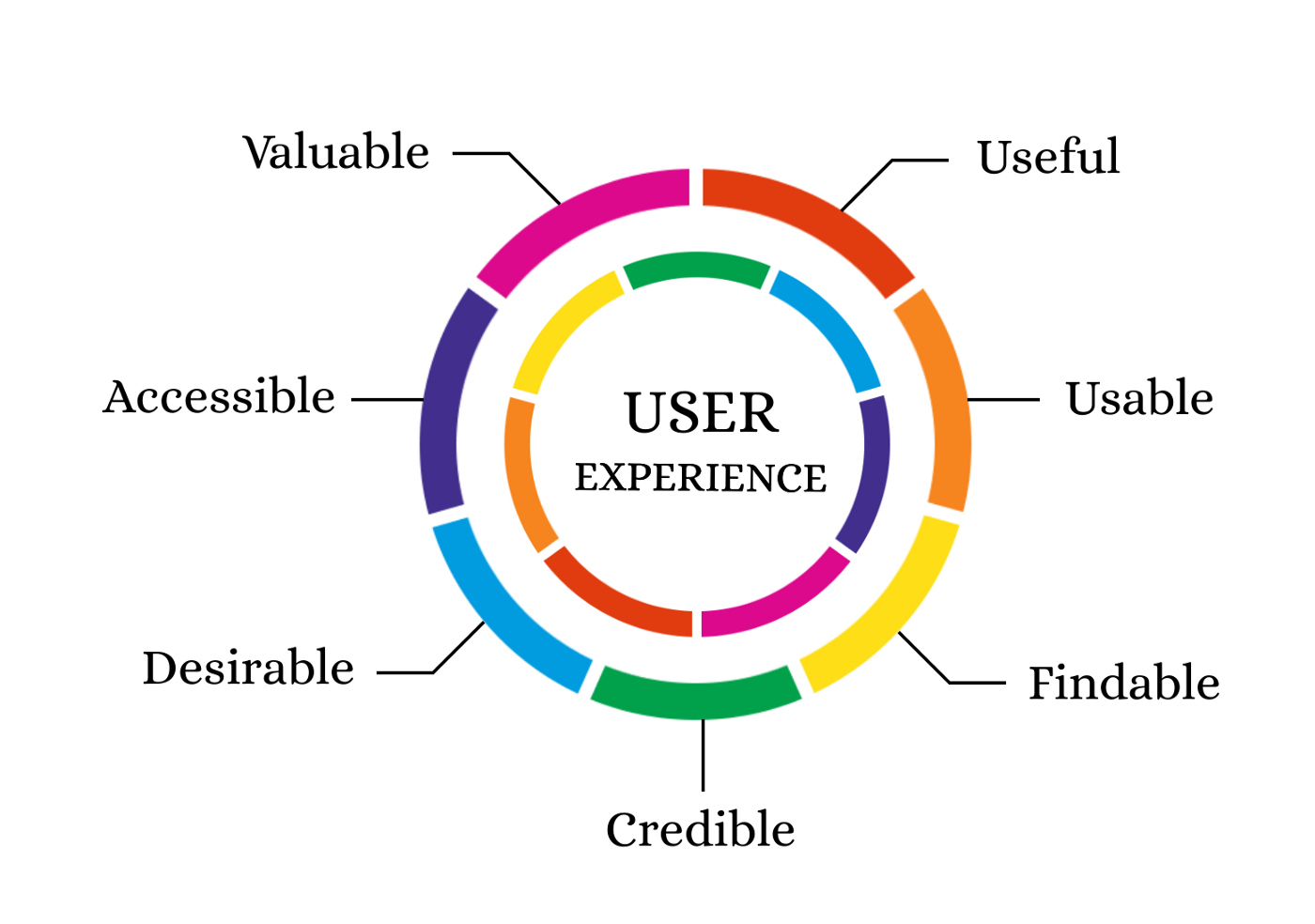
What is User experience (UX)?
User experience (UX) focuses on a deep understanding of users, what they need, what they value, their capabilities and also their limitations.
It also takes into account the business objectives and the objectives of the group managing the project.
The first condition for an ideal user experience; It is to meet the exact needs of the customer, effortlessly. Then comes simplicity and elegance, which produces distinctive products that we want to own.
True user experience goes beyond giving customers what they say they want, or providing checklist features.
In order to achieve a high-quality user experience in a company's offerings, there must be a seamless integration of services from multiple disciplines, including engineering, marketing, graphic and industrial design, and interface design.
Areas related to building user experience
UX is a growing field that is still being defined. This field includes the following specializations:
Project Management, focuses on planning and organizing the project and its resources. This includes; Define the life cycle that will be used and managed, apply it to the user-centered design process, form the project team, and efficiently guide the team through all phases until the project is completed.
User Research focuses on understanding user behaviors, needs, and motivations through observation techniques, task analysis, and other feedback methodologies
Usability Evaluation focuses on how well users learn and use a product to achieve their goals. It also indicates how satisfied users are with the process.
Information Architecture focuses on how information is organized, structured, and presented to users.
Interaction Design focuses on anticipating what users may need to do, and ensuring that the interface contains elements that are easy to access, understand, and use to facilitate these actions.
Interaction design (IxD) focuses on creating engaging interactive systems with well-thought-out behaviors.
Visual Design focuses on ensuring an aesthetically pleasing interface that aligns with brand goals.
Content Strategy Focuses on writing and organizing useful content, planning the creation, delivery, and governance behind it.
Accessibility focuses on how an individual with a disability can access or benefit from a site, system, or application.
Web Analytics focuses on collecting, reporting, and analyzing website data.

The importance of user experience
User experience (UX) best practices promote improving the quality of user interaction and perceptions of your product and any related services.
User experience (UX) attempts to meet user nee+nds and create a better journey to satisfy, convert and retain customers.
UX aims to provide positive user experiences that make them loyal to the product or brand.
UX defines customer journeys on your product and establishes a two-way relationship between maker and user.
UX reduces development costs, bug fixes, marketing etc.
User experience provides an improved return on investment (ROI).
Sometimes, a product doesn't need to be innovative. It simply takes a familiar idea and represents it differently. User-centered design makes the product stand out.
User experience helps provide an intuitive, coherent and connected experience, and platform-specific designs.
UX Design explained
The essence of user experience is ensuring that users find value in what you offer them. Here's an explanation of each aspect of quality user experience:
Useful As practitioners, we must have the courage and creativity to ask whether our products and systems are useful, and to apply our knowledge to identify the most useful innovative solutions.
Usability refers to how easily a user can interact with a website or product, which is essential.
Desirable Image, identity, branding, and other design elements are used to evoke emotion and appreciation.
Findable We should strive to design websites with oriented, locatable elements so that users can find what they need.
Accessible Our websites must be accessible to people with disabilities (more than 10% of the population). It's a morally good thing to do.
Credible makes sense, users have to trust and believe what you tell them.
Valuable, you must provide a valuable design. For nonprofits, enhancing the user experience is important. Profitability, should contribute to achieving profits and improving customer satisfaction.
Book NowDon't miss the opportunity to invest in your tech future. Our team of experts is ready to help you make the right decisions. Start your journey today and contact us for a free consultation! 🚀
leave a comment